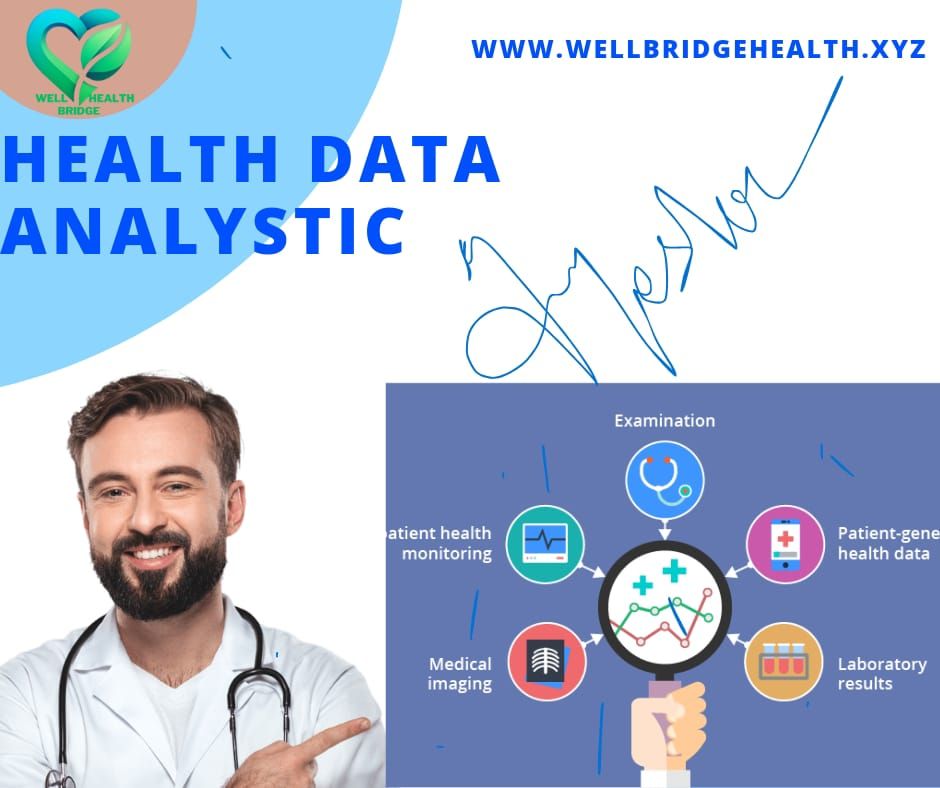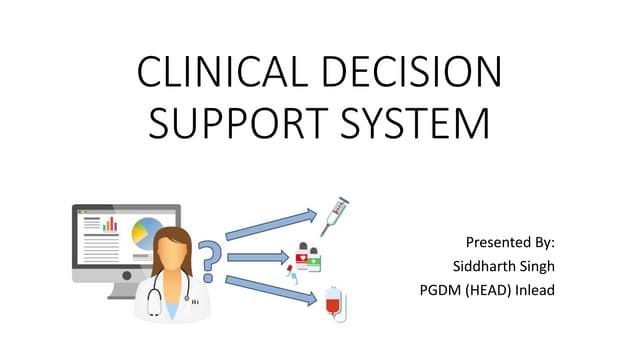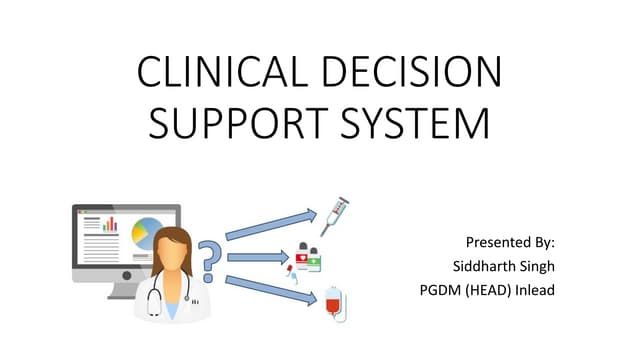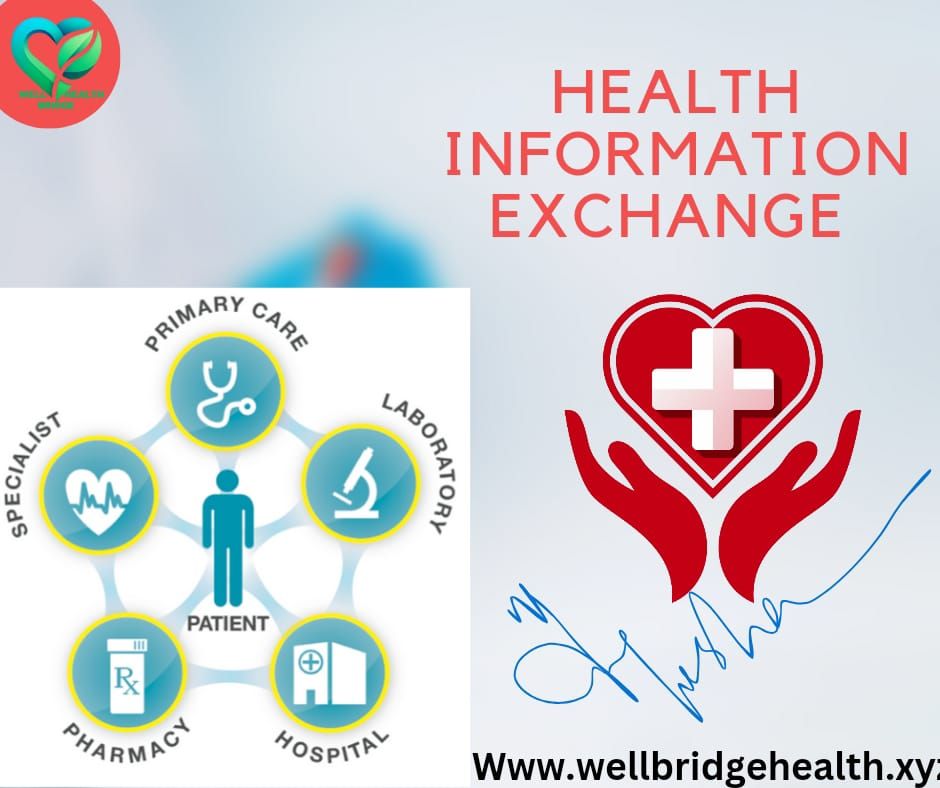
Introduction
Health information analytics speaks to a significant crossing point of healthcare and innovation, leveraging information to upgrade understanding care, optimize wellbeing frameworks, and progress generally open wellbeing results. This field includes the efficient utilize of information collected from different sources, counting electronic wellbeing records (EHRs), wearable gadgets, and therapeutic imaging, to extricate significant bits of knowledge. The developing accessibility of wellbeing information and progresses in information analytics procedures are driving a critical change in how healthcare is conveyed, making it more personalized, productive, and predictive.
Types of Wellbeing Information Analytics
Health information analytics can be broadly categorized into four types:
Clear Analytics: This sort centers on understanding past and current information to give experiences into what has happened in the healthcare framework. For occasion, it may include analyzing clinic readmission rates or following the predominance of certain conditions. Graphic analytics makes a difference in distinguishing patterns, setting benchmarks, and illuminating decision-making processes.
Symptomatic Analytics: Building on graphic analytics, symptomatic analytics looks for to decide the causes of particular wellbeing results. By analyzing connections between distinctive information focuses, such as quiet socioeconomics and treatment adequacy, this sort of examination makes a difference in distinguishing chance variables and fundamental issues contributing to wellbeing problems.
Prescient Analytics: Prescient analytics employments factual models and machine learning calculations to estimate future wellbeing results based on authentic information. In healthcare, prescient analytics can be utilized to distinguish patients at hazard of creating incessant conditions, foresee illness episodes, or expect the probability of clinic confirmations. This sort of analytics empowers proactive mediations and personalized care.
Prescriptive Analytics: The most progressed shape of wellbeing information analytics, prescriptive analytics, goes past forecast by suggesting particular activities to accomplish wanted results. It combines information examination with choice science, advertising healthcare suppliers evidence-based suggestions on treatment choices, asset allotment, and operational strategies.
Applications of Wellbeing Information Analytics
Health information analytics is being connected over different spaces of healthcare, with critical benefits:
Personalized Pharmaceutical: By analyzing hereditary information, understanding histories, and other biomarkers, wellbeing information analytics empowers the advancement of personalized treatment plans custom fitted to person patients. This approach progresses treatment viability and diminishes the hazard of unfavorable effects.
Populace Wellbeing Administration: Wellbeing information analytics plays a vital part in distinguishing and overseeing populace wellbeing patterns. By analyzing information on social determinants of wellbeing, way of life variables, and natural conditions, healthcare suppliers can create focused on intercessions to address wellbeing abberations and progress results for particular populations.
Operational Productivity: Healthcare organizations utilize information analytics to optimize their operations, counting staffing, asset allotment, and quiet stream administration. For case, prescient analytics can offer assistance clinics expect crest periods of quiet affirmations, empowering superior administration of staff and resources.
Extortion Discovery: In the domain of wellbeing protections, information analytics is utilized to distinguish false claims by distinguishing unordinary designs or peculiarities in charging information. This not as it were makes a difference in diminishing money related misfortunes but moreover guarantees that healthcare assets are designated appropriately.
Clinical Choice Back: Information analytics gives healthcare experts with choice back instruments that offer evidence-based proposals for conclusion and treatment. By coordination information from different sources, these devices can offer assistance clinicians make more educated choices, eventually making strides understanding outcomes.
Open Wellbeing Reconnaissance: Wellbeing information analytics is fundamental for observing and reacting to open wellbeing dangers, such as irresistible malady flare-ups. By analyzing information from different sources, counting social media, wellbeing records, and natural sensors, open wellbeing specialists can rapidly distinguish developing dangers and execute convenient interventions.
Challenges in Wellbeing Information Analytics
Despite its potential, wellbeing information analytics faces a few challenges that require to be addressed:
Information Quality and Integration: The exactness and unwavering quality of wellbeing information are basic for successful analytics. Be that as it may, healthcare information is frequently divided, conflicting, and put away in distinctive groups over different frameworks. Joining and standardizing this information to make a bound together, high-quality dataset is a noteworthy challenge.
Security and Security: Wellbeing information is exceedingly touchy, and its abuse can lead to genuine moral and legitimate suggestions. Guaranteeing the protection and security of understanding information is fundamental, and organizations must comply with controls like the Wellbeing Protections Movability and Responsibility Act (HIPAA) in the Joined together States. Executing vigorous information encryption, get to controls, and anonymization strategies are fundamental to ensure quiet information.
Interoperability: The need of interoperability between diverse wellbeing data frameworks ruins the consistent trade of information, restricting the viability of analytics. Endeavors are being made to create standardized conventions and systems, such as the Quick Healthcare Interoperability Assets (FHIR), to encourage superior information sharing over systems.
Information Administration: Appropriate information administration is vital to guarantee that wellbeing information is overseen dependably and morally. This includes building up clear approaches and strategies for information get to, utilization, and sharing, as well as guaranteeing straightforwardness and responsibility in information administration practices.
Expertise Crevices: The developing request for wellbeing information analytics has highlighted a deficiency of gifted experts who can successfully analyze and decipher complex wellbeing information. Tending to this abilities hole requires venture in instruction and preparing programs to create a workforce able of leveraging information analytics to make strides healthcare.
Future Directions
The future of wellbeing information analytics is promising, with rising advances balanced to assist revolutionize the field. Progresses in manufactured insights (AI) and machine learning are anticipated to improve prescient and prescriptive analytics, empowering indeed more exact and personalized healthcare mediations. The integration of information from modern sources, such as wearable gadgets and genomics, will give more profound bits of knowledge into wellbeing and infection, driving to more proactive and preventive care.
Moreover, the proceeded improvement of wellbeing data trades and the appropriation of interoperability guidelines will encourage way better information sharing and collaboration over the healthcare biological system. As these patterns advance, wellbeing information analytics will play an progressively imperative part in changing healthcare, making strides understanding results, and progressing open wellbeing on a worldwide scale.
Conclusion
Health information analytics is a effective device that is reshaping the healthcare scene. By tackling the control of information, healthcare suppliers can convey more personalized, productive, and successful care. In any case, realizing the full potential of wellbeing information analytics requires tending to challenges related to information quality, protection, and abilities improvement. As innovation proceeds to progress, wellbeing information analytics will without a doubt play a central part in driving the future of healthcare.











